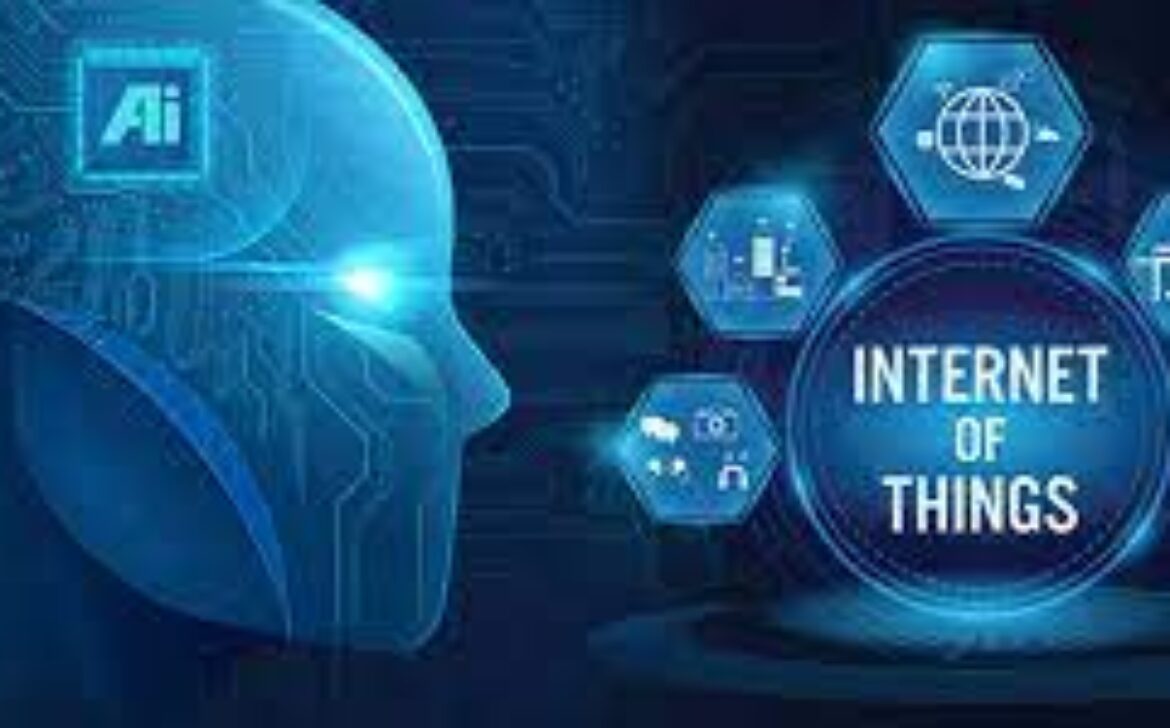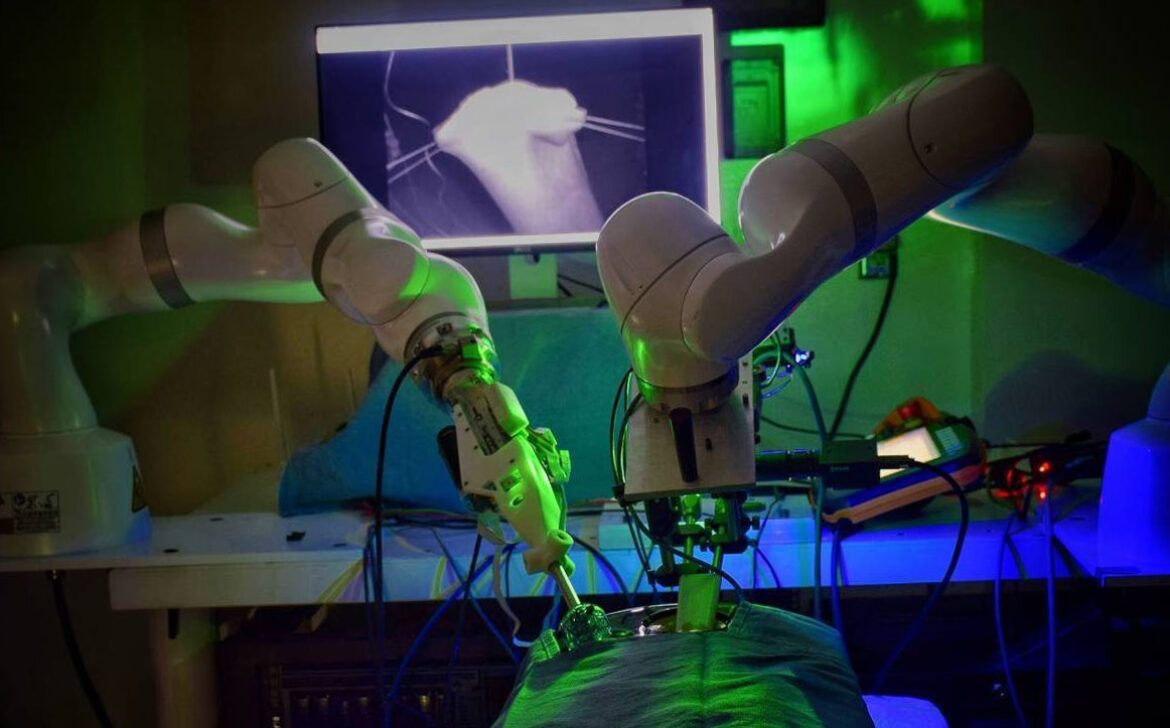In today’s fast-paced digital landscape, the world of e-commerce is undergoing a remarkable transformation. The traditional online shopping experience has evolved beyond the simple act of purchasing products. Social commerce, a fusion of e-commerce and social media, is redefining the way people shop, interact, and make purchasing decisions. This article delves into the exciting realm of social commerce and explores the new shopping experiences it offers.
Introduction
The conventional online shopping journey has been reshaped by the emergence of social commerce. This innovative concept marries the social aspect of social media with the convenience of e-commerce, providing users with a dynamic and engaging shopping experience.
The Rise of Social Commerce
Social commerce has gained substantial momentum in recent years, largely due to the widespread adoption of social media platforms. Consumers are no longer content with static product listings; they seek a more interactive and immersive shopping process.
The Synergy Between Social Media and E-commerce
The integration of social media and e-commerce allows users to discover, explore, and purchase products seamlessly within the platforms they already use for social interactions. This synergy eliminates the need for users to navigate between multiple websites or apps, streamlining the shopping experience.
Key Players in the Social Commerce Landscape
Several tech giants have embraced the concept of social commerce, with platforms like Instagram, Facebook, and Pinterest introducing features that enable businesses to showcase their products directly to users. These platforms leverage their extensive user base to create a thriving online marketplace.
Exploring Augmented Reality (AR) Shopping
Augmented Reality (AR) technology has added a new dimension to online shopping. Shoppers can virtually try on products, visualize how furniture fits into their homes, or see how cosmetics look on their skin before making a purchase. This interactive experience bridges the gap between physical and online shopping.
Influencer-Driven Shopping Trends
Influencers play a pivotal role in shaping consumer preferences. Social commerce has given rise to influencer-driven shopping trends, where influencers recommend products to their followers, often with direct purchasing links, creating a seamless path to conversion.
Personalization and Customer Experience
One of the cornerstones of social commerce is personalized shopping. Algorithms analyze user behavior and preferences to suggest products that align with individual tastes. This tailored approach enhances customer satisfaction and boosts the likelihood of purchases.
The Role of User-Generated Content (UGC)
User-Generated Content (UGC) has become a powerful tool in the world of social commerce. Reviews, testimonials, and user-generated images create an authentic sense of community and trust among potential buyers.
Building Trust and Overcoming Challenges
While social commerce offers exciting opportunities, it also presents challenges such as privacy concerns and counterfeit products. Building trust through transparent practices and robust security measures is essential to sustain its growth.
The Future of E-commerce: What Lies Ahead
The future of e-commerce is intrinsically linked to the evolution of social commerce. As technology advances, we can expect even more immersive shopping experiences, blurring the lines between the digital and physical worlds.
Embracing the Mobile Shopping Revolution
Mobile devices are at the forefront of social commerce. The convenience of shopping on smartphones, coupled with user-friendly apps, has accelerated the shift towards mobile shopping.
Navigating the New Payment Options
Social commerce has brought innovative payment methods, from in-app purchases to digital wallets. These options provide users with a frictionless checkout process, enhancing the overall shopping experience.
Sustainability and Ethical Shopping
Consumers are increasingly conscious of the environmental and ethical impact of their purchases. Social commerce platforms are responding by highlighting sustainable and ethically sourced products.
The Global Impact of Social Commerce
Social commerce transcends borders, connecting businesses and consumers on a global scale. This interconnectedness has the potential to reshape international trade and consumer behaviors.
Conclusion
Social commerce is revolutionizing the way we shop, turning the act of buying into a social and interactive experience. As technology continues to advance and consumer preferences evolve, the future of e-commerce looks brighter and more engaging than ever before.
















